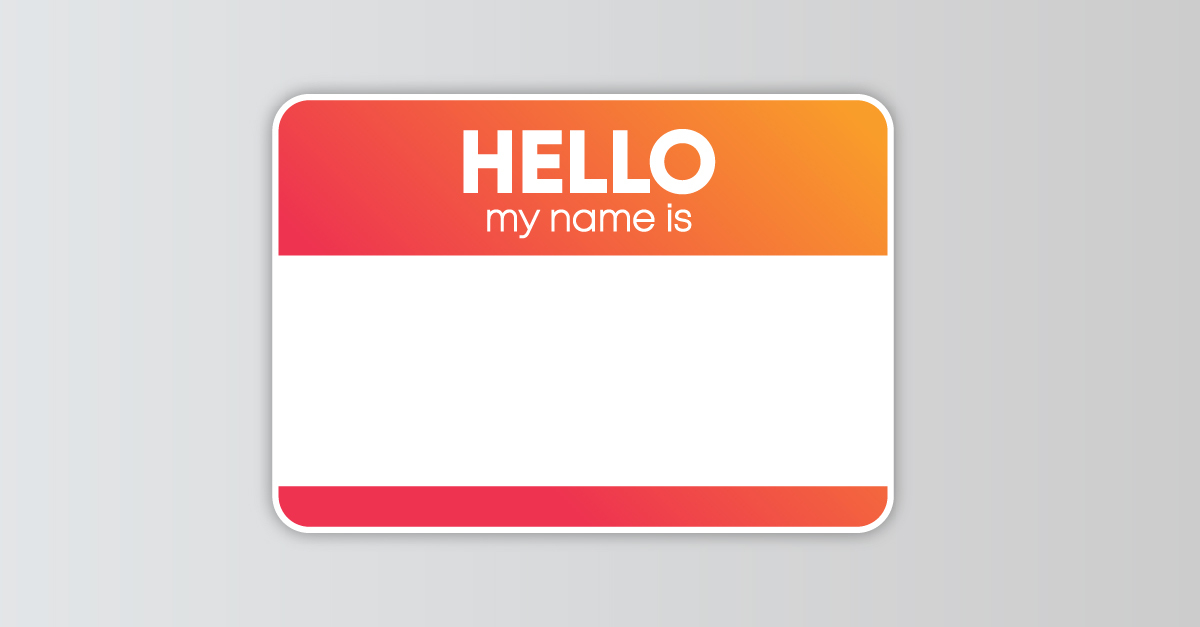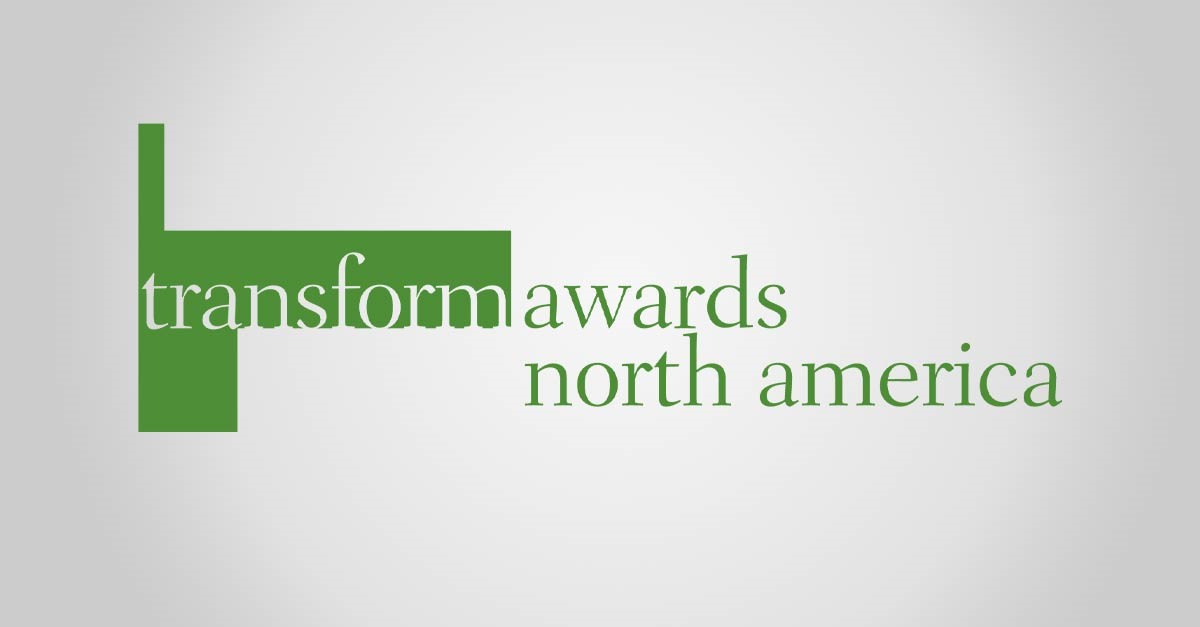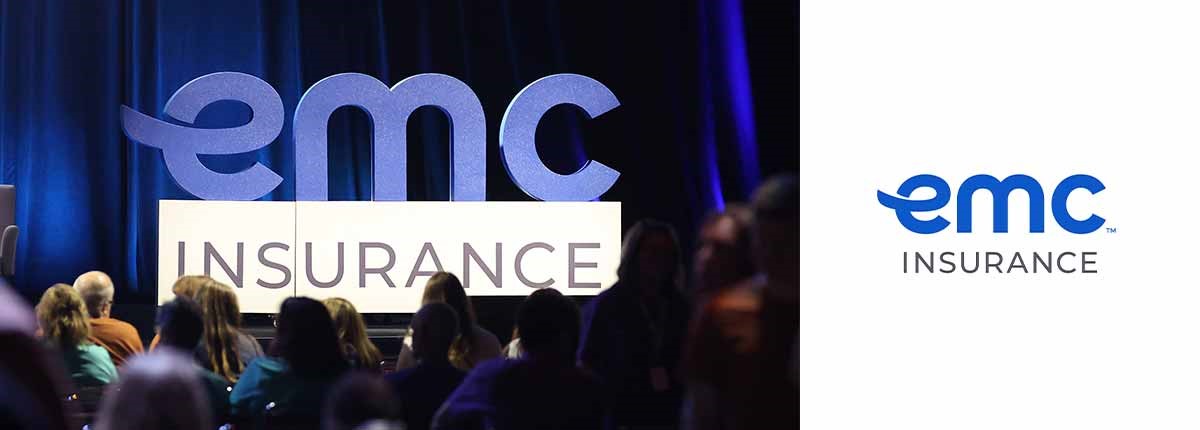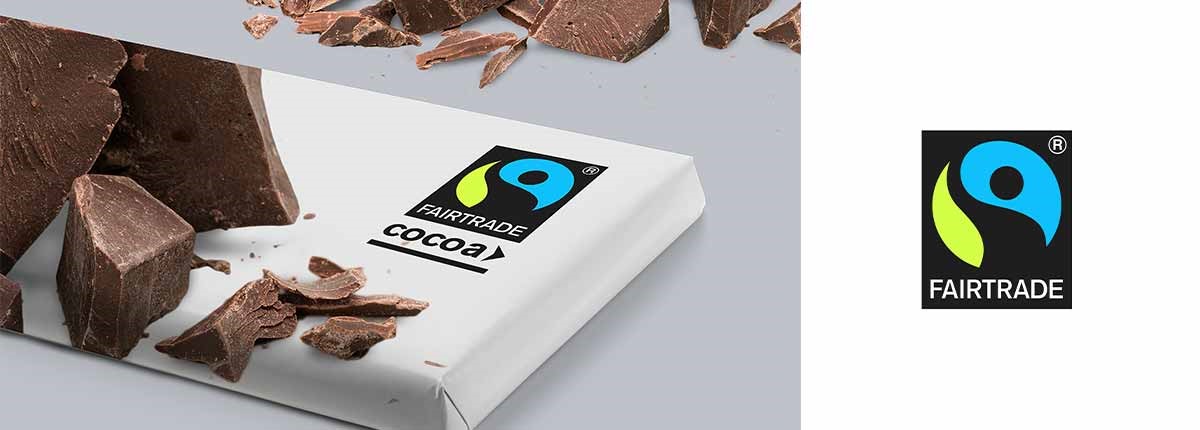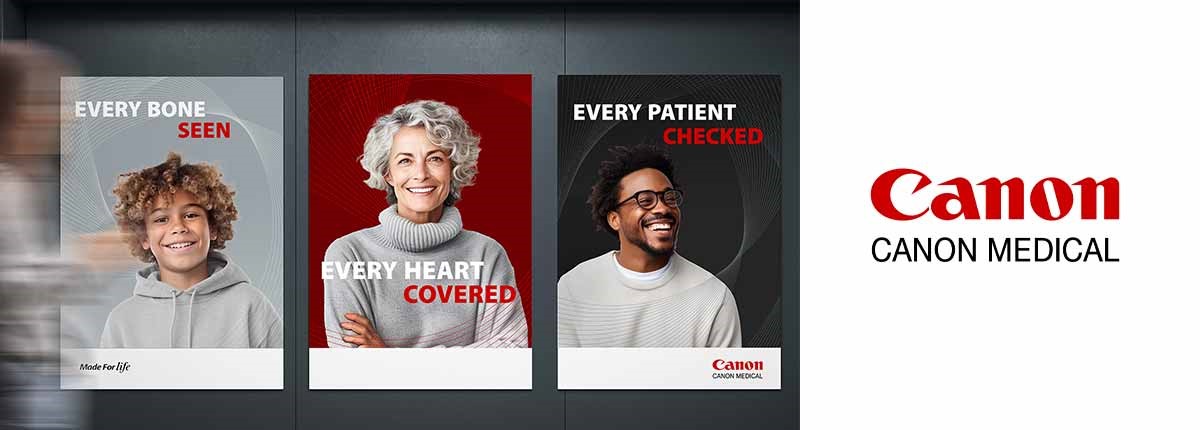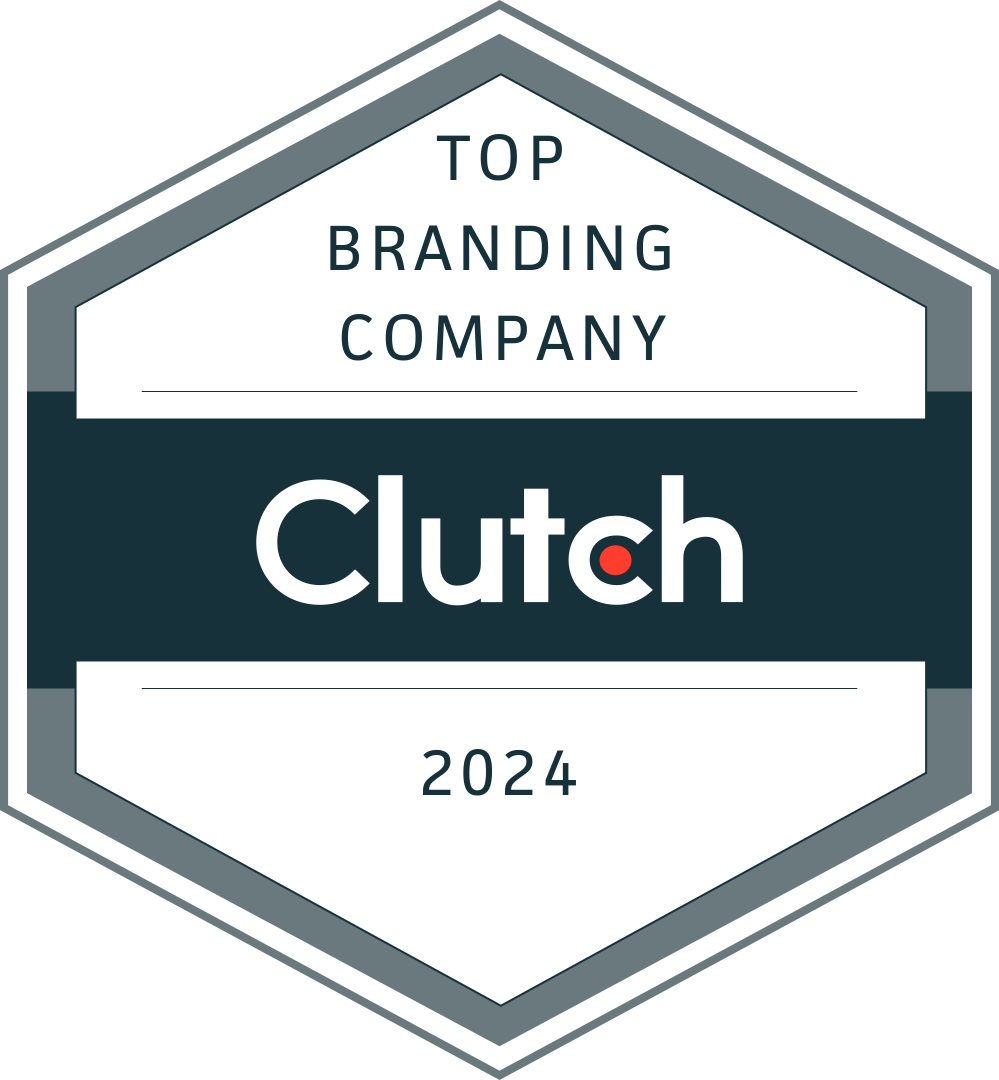This is the first post in a five-part series designed to help organizations navigate the journey of finding their ideal branding partner.
You’ve decided to hire a branding partner—congratulations, we applaud that choice! But now what? Starting an agency search from scratch can be a daunting task, but finding the right partner to help take your brand to the next level is critical. As you begin your search, it will be helpful to think about the below areas:
Determine who needs to be involved from your organization
Map out the stakeholders that should be included in the selection of your agency partner, as well as throughout the course of the actual project. Who should be a decision-maker, who should have a voice and who should be kept informed along the way? Also think about the teams in your organization that a branding engagement will directly impact. For example, you might have internal marketing, creative or production teams that should be brought along throughout the process to give them a sense of ownership and buy-in.
We have found the most successful projects build excitement and gain consensus from all stakeholders from the start. One of our clients even produced a 10-minute inspirational video to sell in and excite management about their upcoming rebrand project. This resulted in both positive anticipation, as well as assurance that all stakeholders had similar expectations for the process and the outcome.
Establish your process
Every agency search journey looks different. There are several steps you could include (or not) in evaluating potential partners. The process could start with issuing a Request for Information (RFI), to scheduling a capabilities presentation, then issuing a Request for Proposal (RFP), and finally inviting agencies to an in-person or virtual pitch meeting. All steps have merit based on what works best for your organization and how you make decisions. We’ve experienced everything from a phone call that leads to a partner decision in a few days, to a multi-step and meeting-intensive process that lasts several months.
Make a list of criteria
Think about the qualities and characteristics that are important for your ideal partner to have, such as:
- Agency size: Big, small or somewhere in between. There are many tradeoffs with agency size. Maybe you prefer a large firm with a renowned reputation and global presence, but you might risk being a small fish in a big pond. Or maybe a smaller, lesser-known agency is a better fit, as they can be more nimble and dedicate senior-level attention throughout the partnership.
- Industry or business challenge expertise: Do you want a partner with deep experience in your space who can speak your industry language or an agency that will bring a fresh perspective with out-of-category experience? Perhaps you want an agency with expertise in navigating situations such as branding after a merger or acquisition, preparing for an IPO, or capitalizing on growth after private equity investment. While specific experience relating to your situation can of course be beneficial, don’t necessarily count an agency out because they don’t have it—they might just be the ones who find that differentiating nugget to build your brand around.
- Service offerings: Agencies vary in their scope of offerings. Some tout a full range of capabilities from brand insights to implementation, while others focus on specific practice areas such as packaging design or brand name development. Identify the combination of services that are most important given your branding needs. If you are undertaking a rebrand, look for a full-service branding firm.
Find agencies that match your criteria
Now it’s time to start searching for potential partners that could be a good fit. There are several resources you can use to build your list:
- Referrals: Ask your colleagues or others in the industry if they have recommendations based on a good experience. We receive most of our new business leads from word of mouth and referrals.
- Ranking sites and lists: Ranking sites such as Clutch allow you to filter agencies based on several criteria. Other organizations like Gartner or the 4A’s publish lists and provide customized recommendations to members.
- Search consultants: Alternatively, you can hire a search consultant to run the process for you. This option typically requires a significant monetary investment, but the consultant will do the heavy lifting in shortlisting potential partners that match your criteria. The 4A’s publishes a list of search consultants if this route makes the most sense for your team.
Make a list for outreach
Determine how much time and effort your team can dedicate to a search. Keep in mind if you move forward with a long list of agencies, reviewing a multitude of proposals could be cumbersome and overwhelming for your team. But alternatively, if your list is short, you risk not all agencies responding which would significantly narrow your field. If your team is wavering on the ideal agency characteristics (for example large versus small), you can include a few from different categories to determine what feels best during the pitch process.
And finally, remember to be open-minded throughout the process. You might be surprised what types of agencies and people click with your team.
Stay tuned for the next post in this series about how to craft a productive RFP.

